July 2019 marks the 50th anniversary of the Apollo 11 moon landing.
Perhaps any short essay commemorating and commenting on one of the greatest performances of mankind in the 20th century would be ridiculous.
Therefore, I just grabbed two little corners that I am interested in and shared my curiosity.
One, Link to heading
When the Apollo program started in 1961, integrated circuits (chips) had only been invented for two or three years, and computers were still cumbersome, weighing hundreds of kilograms and filling entire rooms.
Because the speed of the spacecraft is extremely high, it is not realistic for humans to perform the precise docking of the lunar module with the orbiting module that has circled the moon for several rounds after taking off from the moon. Putting a computer into the spacecraft was one of the “impossible tasks” that challenged scientists and engineers at that time.
In fact, there were only one or two transistors in the integrated circuits of that time, whereas today’s mobile phone chips have a hundred million times more. Even to reduce weight (to a mere 32 kilograms), this navigation computer was assembled by hand with 30,000 components, taking 2,000 person-years to complete.
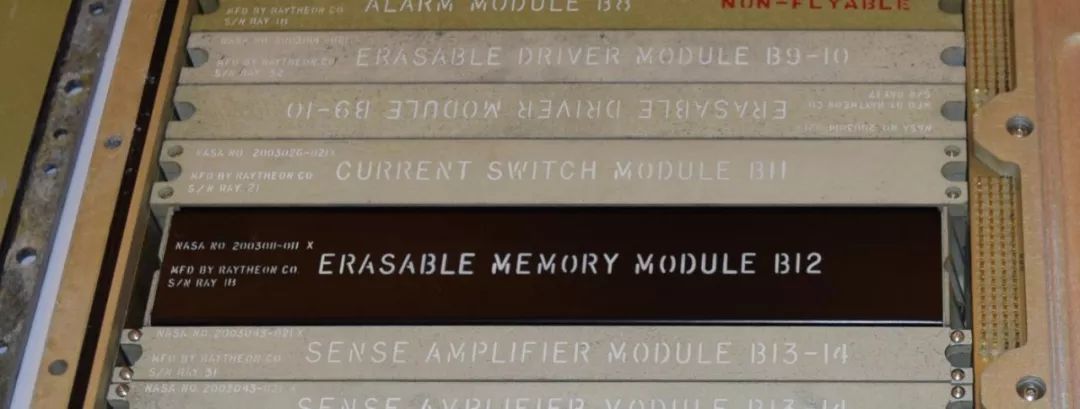
The navigation computer design is extremely compact and modular.
Spaceships primarily rely on inertial navigation, with data provided by accelerometers, gyroscopes, and sextants. Additionally, the telescope is used to confirm the position of stars, while computers perform real-time analysis and processing.
Two, Link to heading
This machine is the earliest computer made by humans using silicon chips. The chips purchased for it in 1963 accounted for 60% of the total chip production in the United States that year. This CPU composed of logic circuits is the prototype of the computers we use today.

A glimpse into the logic module of a navigation computer.
Therefore, the lunar landing project greatly promoted the development of the semiconductor industry. It can be said that the electronic lives of people all over the world today are closely related to this project.
Back when we didn’t have the kind of semiconductor memory and hard drives we use today, where did data exist? That’s the most interesting part.
The program of the navigation computer is composed of 36,864 characters. Textile female workers used a knotting method with ropes to represent 0 and 1, to store these programs. Obviously, this storage is read-only and cannot be modified. However, the advantage is quite significant, which is that it is very durable and won’t break easily.

The rope Memory is coiled up in this module.
The CPU needs to temporarily load programs into memory. The female workers attach small iron rings to a rope and distinguish between 0 and 1 using magnetic changes. The memory used for the moon landing was only 2K, a million times smaller than today’s smartphone memory.
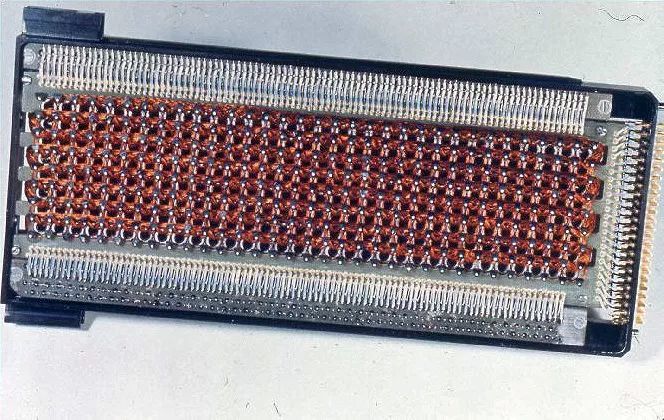
“Rope Magnetic Core Memory Module Opening Diagram”
Three, Link to heading
The navigation computer was developed by MIT. In those days, the programs were not typed in like today’s programmers do, but were all handwritten on paper. After writing on paper, the programs were transformed into punched paper tape for input into a large computer for validation. When it succeeded, women workers were tasked with keying in the programs.
The following image shows how much paper was used to write these programs. All of them were written in assembly language and some mathematical algorithms, taking a total of 1400 person-years. Looking at this, today’s programmers should feel incredibly fortunate.
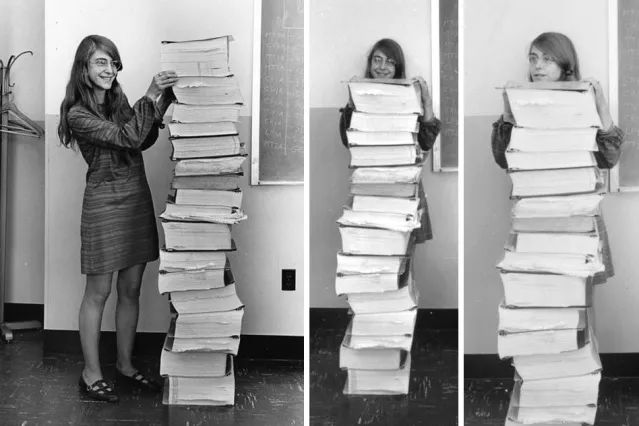 Photo credit: MIT
Photo credit: MIT
The Apollo navigation computer displayed unparalleled reliability. In the subsequent multiple lunar missions, there were almost no issues.
The source code for the moon landing has been made public on Github, and there are also many simulators available online for the computer used in the mission. Interested students can explore and experience it for themselves.
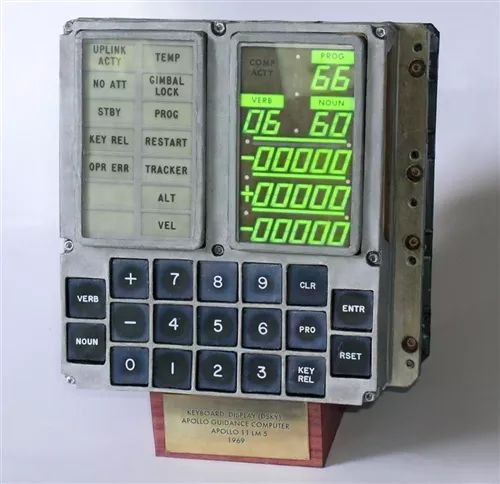
Beautiful Human-Machine Interface Credit: NASA
Four, Link to heading
Finally, let’s take a look at the camera used for moon landing: the Swedish Hasselblad. Astronauts used the Hasselblad data camera equipped with a Zeiss F5.6 lens on the moon, which operates smoothly between -65°C and 120°C.
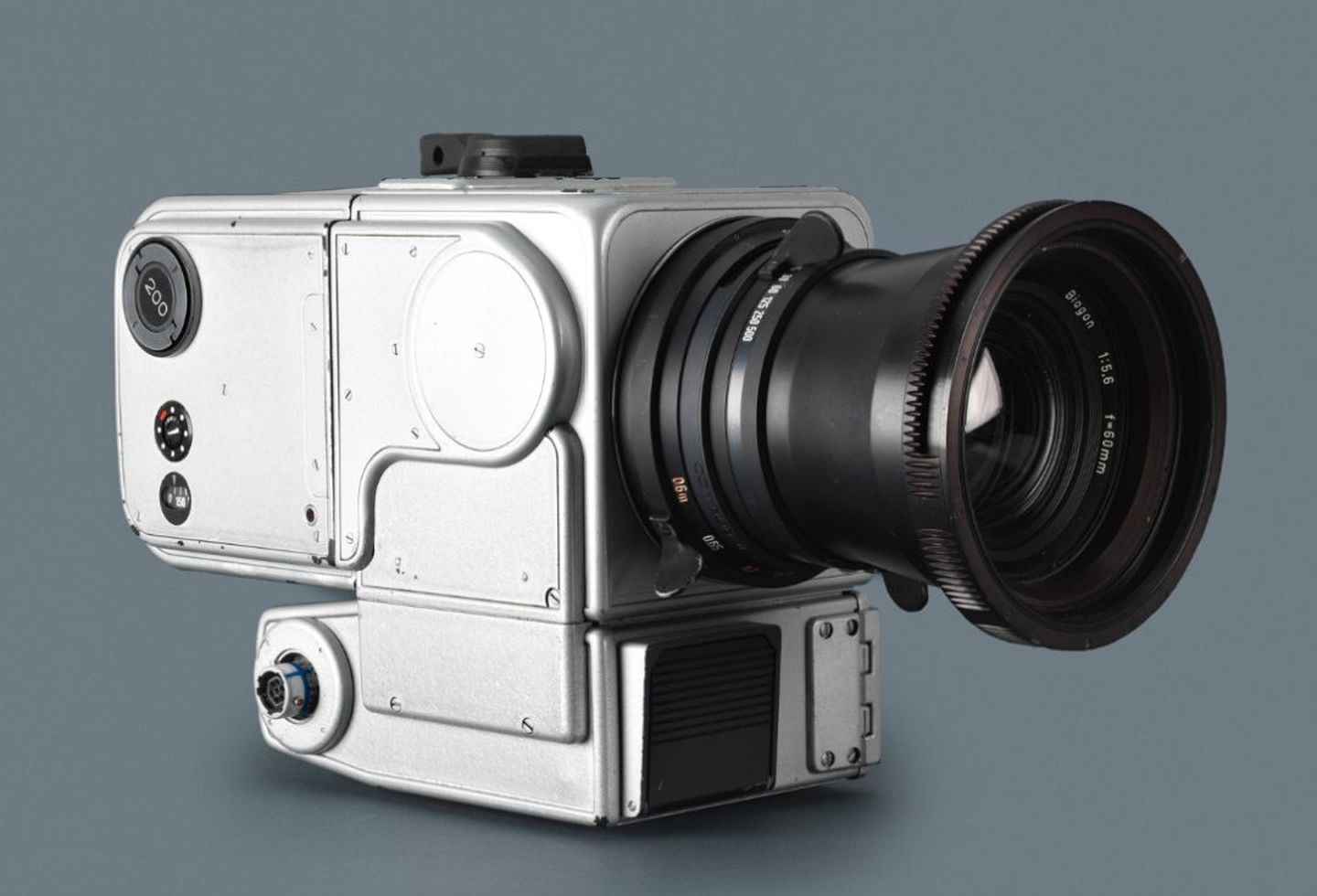 Photo credit: Hasselblad
Photo credit: Hasselblad
Because the lighter the weight of returning to Earth, the better, astronauts would remove the film box from their cameras after taking photos and throw away the cameras. In total, 12 Hasselblad cameras were left on the moon during the five Apollo lunar landings.
Finally, a diagram depicting the entire process of landing on the moon is included:
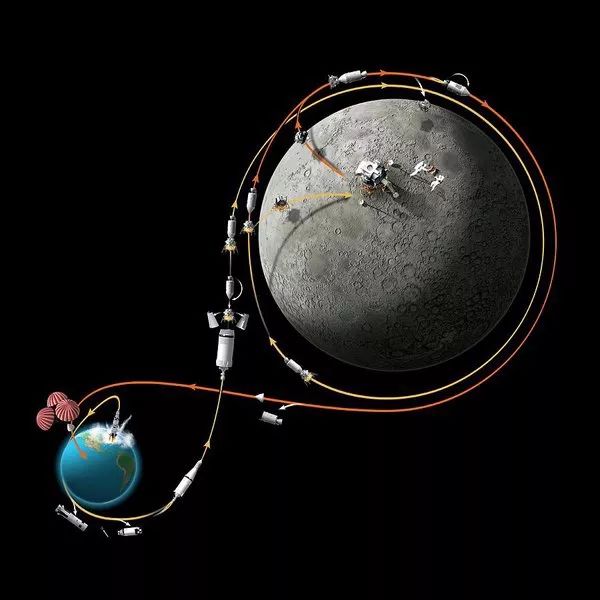
Photo Credit: Smithsonian Magazine